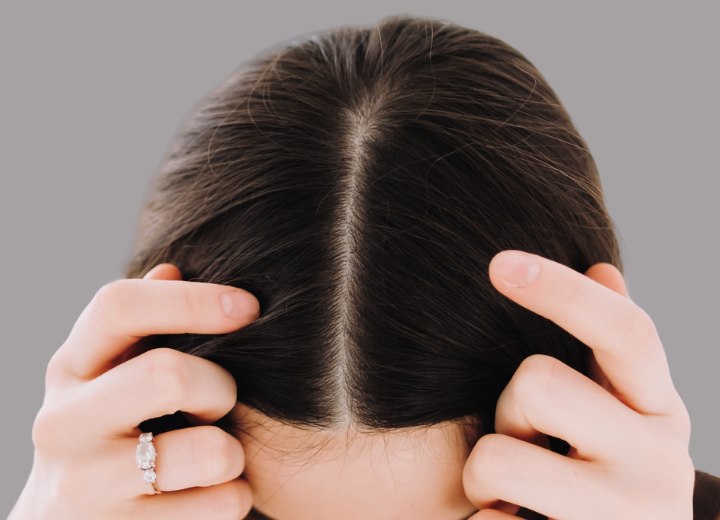Hot Flashes and Hair Coloring

A: Yes, it is true. Hot flashes are one of the symptoms of menopause and can have several effects on a woman's body. They can occur multiple times a day, making a woman feel warm and uncomfortable. One of the lesser known effects of menopause is that it can affect hair coloring results, particularly at the roots, due to the heat generated by hot flashes.
During the coloring process, the outermost layer of the hair, the cuticle layer, is opened using chemicals. This enables the color to penetrate the hair shaft. Once the hair is colored, the cuticle closes. During a hot flash, the body's temperature rises quickly, and this can cause the temperature of the scalp to rise too. This can affect hair coloring results due to changes in the temperature of the scalp.
At high temperatures, chemical reactions can occur faster than at lower temperatures. This means that the chemical reactions involved in the hair coloring process can occur faster at the roots of the hair during hot flashes. This can result in the color of the hair at the roots being darker or lighter than the rest of the hair.
When the cuticle is closed too quickly, the pigment may not be able to get into the hair shaft as much, which could lead to a lighter hair color. On the other hand, if the cuticle is left open for too long, the hair coloring pigment can penetrate the hair shaft more deeply, potentially leading to a darker hair color.
A compromised chemical process can lead to uneven hair color results, especially at the roots where the hair is closest to the scalp, and the heat generated by hot flashes is most intense.
©Hairfinder.com
See also:
How to color hair
Menopausal changes in hair